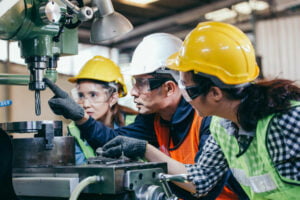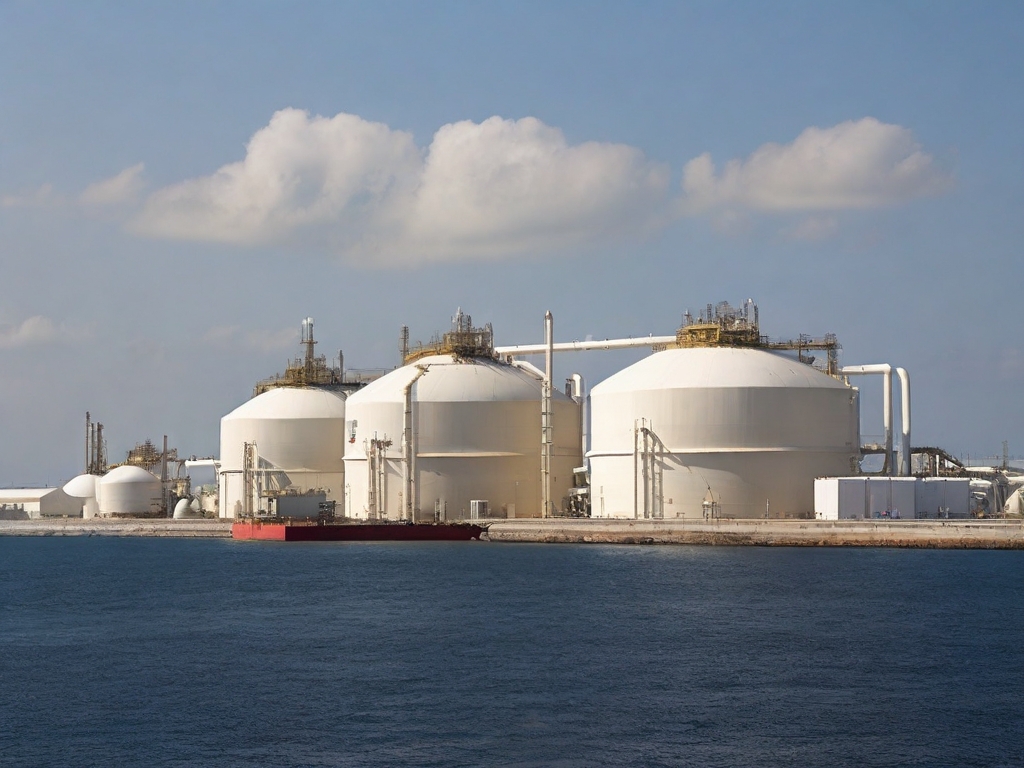As a leading provider of safety equipment, Intrinsically Safe Store understands the importance of proper training for operators handling explosion-proof and intrinsically safe equipment. This article will delve into the training requirements for these two types of equipment, providing valuable insights and practical examples. We encourage you to visit our website to explore our wide range of safety equipment.
Understanding Explosion-Proof and Intrinsically Safe Equipment
Before we delve into the training requirements, it’s crucial to understand the difference between explosion-proof and intrinsically safe equipment. Designers design both types of equipment to prevent ignition of flammable or explosive atmospheres, but they achieve this in different ways.
- Explosion-Proof Equipment: The design of this equipment aims to contain and isolate potential sparks or flames. If an internal spark occurs, the device’s design prevents it from igniting gases, dust, or vapors in the surrounding environment.
- Intrinsically Safe Equipment: Designers create these devices to limit electrical and thermal energy to levels below what’s required to ignite a specific hazardous atmospheric mixture.

Training Requirements for Explosion-Proof Equipment
Operators handling explosion-proof equipment need to be thoroughly trained to ensure safety. The training typically covers the following areas:
- Understanding Hazardous Locations: Operators should understand the classifications of hazardous locations and the types of equipment suitable for each.
- Installation and Maintenance: Proper installation and maintenance of explosion-proof equipment are crucial to prevent accidents. Operators should be trained in these areas.
- Emergency Procedures: In case of an emergency, operators should know how to respond to prevent further damage or injury.
Training Requirements for Intrinsically Safe Equipment
Similar to explosion-proof equipment, operators handling intrinsically safe equipment also need specific training. This includes:
- Understanding Intrinsically Safe Standards: Operators should be familiar with the standards and regulations related to intrinsically safe equipment.
- Proper Use and Handling: Training should cover how to use and handle the equipment safely to prevent accidents.
- Inspection and Maintenance: Regular inspection and maintenance are crucial to ensure the equipment remains safe to use. Operators should be trained in these areas.
Importance of Proper Training
Proper training is not just a regulatory requirement; it’s a crucial factor in ensuring workplace safety. According to the Occupational Safety and Health Administration (OSHA), proper training can prevent up to 60% of workplace accidents. Furthermore, a study by the Institute of Occupational Safety and Health (IOSH) found that businesses that invest in training see a significant return on investment through reduced accident rates and associated costs.
Training for Operators of Explosion-Proof and Intrinsically Safe Equipment
Whether it’s explosion-proof or intrinsically safe equipment, proper training is crucial for operators. It not only ensures compliance with regulations but also significantly reduces the risk of accidents. At the Intrinsically Safe Store, we understand the importance of safety and offer a wide range of equipment to meet your needs. For more information, please contact us.


























